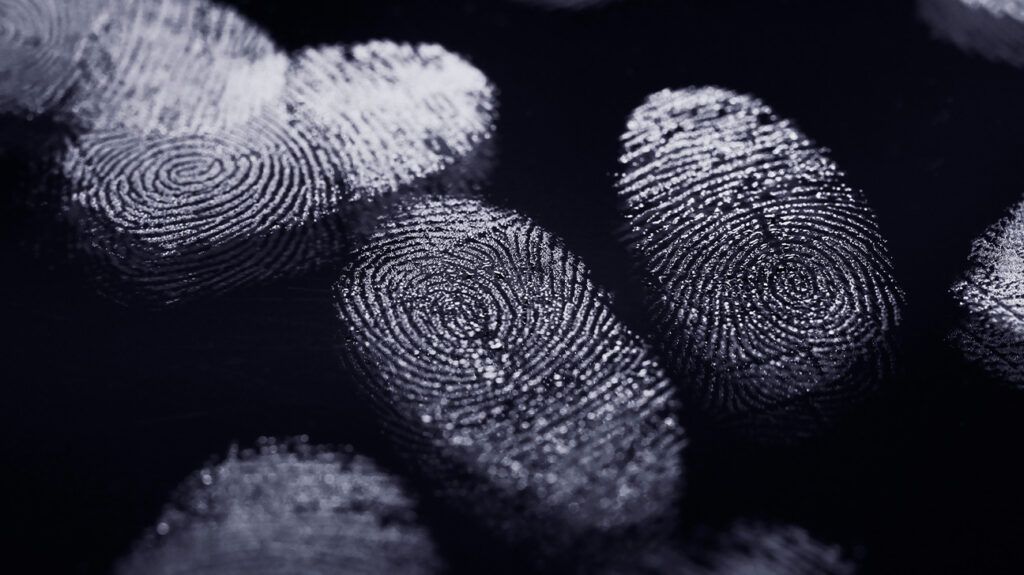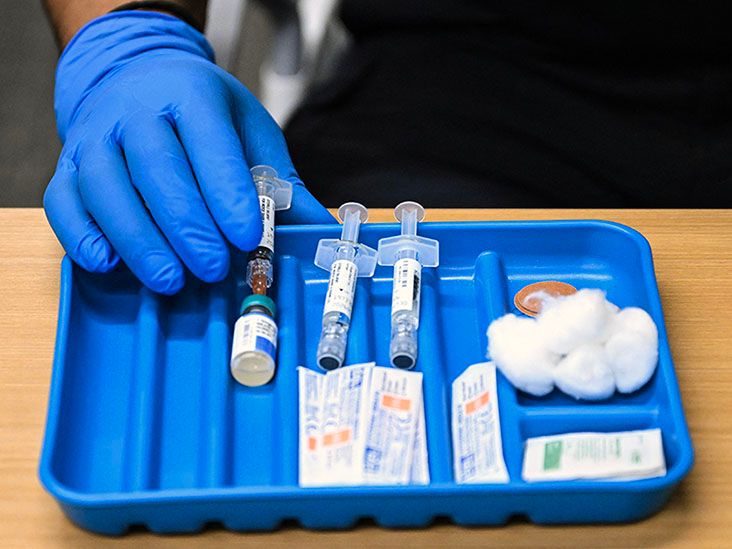Fingerprints are the unique pattern of curves and ridges indented into the skin of a person’s fingertips. Most people have completely unique fingerprints, which can help with identification.
Even in identical twins, fingerprints are slightly different. However, scientists do not know that much about the factors that make a person’s fingerprints the way they are.
Read on to learn more about fingerprints, including fingerprint types, how they develop, their uses, and more.

Fingerprints are the unique pattern of ridges, or dermatoglyphs, that appear on the skin of the hands and feet. They can have an arching, looping, or swirling pattern, but the exact patterns differ from person to person, in most cases.
Scientists are not sure what the purpose of fingerprints is, but they may increase the skin’s sensitivity to touch.
There are several ways of categorizing fingerprints. One of the earliest came from Sir Francis Galton, a scientist and eugenicist who researched fingerprints in the late 19th century. He designated three basic fingertip types:
- loops, which loop back on themselves
- whorls, which are circular
- arches, which do not form loops or circles but instead form arching lines
Since then, researchers have identified more types and variations. A 2019 study in Nepal found that 15.28% of the participants had composite patterns, which means they had elements of multiple fingerprint types. Other types the authors identified included:
- radial loops, which open in the direction of the thumb
- ulnar loops, which open in the direction of the little finger
- concentric whorls, which consist of concentric circles
- spiral whorls, which resemble a swirl or spiral
Loop fingerprints were the most common overall, followed by whorls and arches.
People can have different types of fingerprints on different fingers.
Fingerprints develop before birth when fetuses are still growing in the uterus. The process starts in the third month of pregnancy and finishes by the sixth month.
Several genes appear to influence fingerprint development, including the basic size, shape, and spacing of the ridges.
This includes the SMARCAD1 gene, which provides the body with instructions for making two types of a specific protein: one present in the skin and one present in numerous tissues in the body.
Scientists believe the activity of this gene may be important in dictating the pattern of a person’s fingerprints. However, fingerprints are not solely down to genetics. The environment in the uterus during development also seems to play a role.
Scientists are still learning about the factors that alter a person’s fingerprints during development.
One of the main uses of fingerprints is identification. Fingerprinting, or the process of recording a person’s fingerprints, is one of the most common methods of identifying humans.
This has a wide variety of applications. Professionals that use fingerprinting include:
- doctors, to identify patients or the deceased
- police, to identify people with a criminal record
- forensic scientists, when analyzing a crime scene
- security professionals, who may use fingerprints in biometric locks or alarms
- government officials, who may use them on ID cards or to monitor migration
People also use fingerprints as a means of authentication. For example, there are legal documents bearing fingerprints as signatures from ancient China dating back 3,000 years.
Increasingly, fingerprints are also one of the ways people can keep personal devices secure.
Yes, it is possible for people to have no fingerprints. Some rare genetic conditions can cause this, including adermatoglyphia, which results in a person not developing these ridges in the skin during pregnancy.
Adermatoglyphia is a result of a change in the SMARCAD1 gene, which influences tissue development. This condition has an autosomal dominant inheritance pattern, meaning people only need to inherit one gene from one parent to get it.
There are also a range of conditions that can cause fingerprints to change or disappear, such as:
- aging
- burns
- injuries, including micro-abrasions from manual labor
- skin conditions, such as eczema and psoriasis
- nutritional deficiencies
- conditions that cause neuropathy
- some infections, such as scabies, scarlet fever, warts, and syphilis
- some medications, such as strong topical steroids and capecitabine chemotherapy
According to a 2019 review, acquired adermatoglyphia is more common than people expect and often overlooked.
People with no fingerprints can have significant difficulty proving their identity, traveling, and emigrating to other countries as a result of policies that various institutions put into place.
Below are answers to some common questions about fingerprints.
Do fingerprints change with age?
For most people, fingerprints stay the same throughout life, but they can change with age or as a result of injury or medical factors.
A 2019 review of past research concluded that a lack of fingerprints is “not an uncommon finding” in older adults.
Do twins have the same fingerprints?
The fingerprints of identical twins may be very similar, but they are not the same. This is because fingerprints develop as a result of both genetics and environment, including the environment inside the uterus.
Twins may grow and develop slightly differently, even though they share the same DNA.
Do fingerprints mean anything?
Some people claim that a person’s fingerprint type reveals personal qualities about them, such as personality traits. There is no evidence to support this.
Sir Francis Galton, an early researcher of fingerprints, promoted the eugenics movement in the United Kingdom and originally wanted to study fingerprints as a means of determining intelligence or race. He quickly realized that fingerprints reveal nothing about these qualities, though.
Fingerprints can sometimes offer clues about certain medical conditions, but so far, there is no evidence that they correspond to any other traits.
Fingerprints are the distinct pattern of ridges and swirls in the skin of the fingertips. Similar prints are also present on the palms of the hands, soles of the feet, and toes.
Common uses for fingerprints include identification and authentication. Many professions use them, such as the police, doctors, and forensic scientists.
Most people have a unique fingerprint, but it is possible for genetics or medical conditions to alter them or cause a person not to have any.


